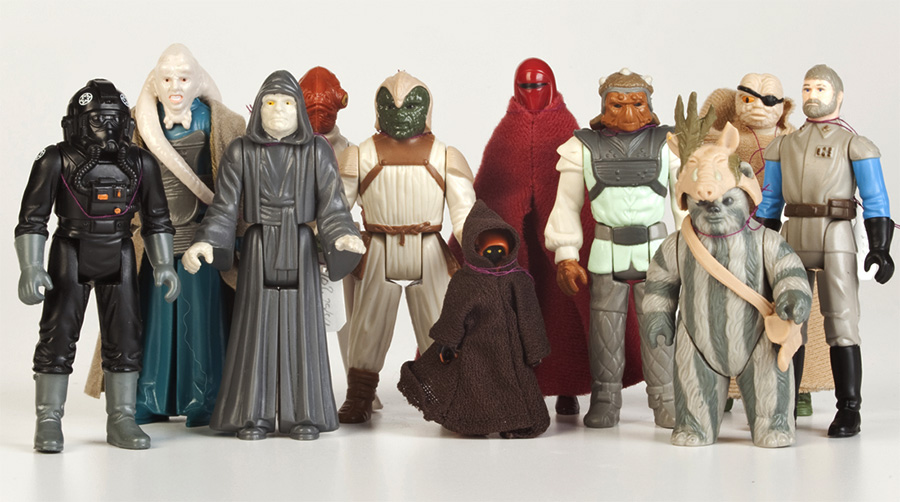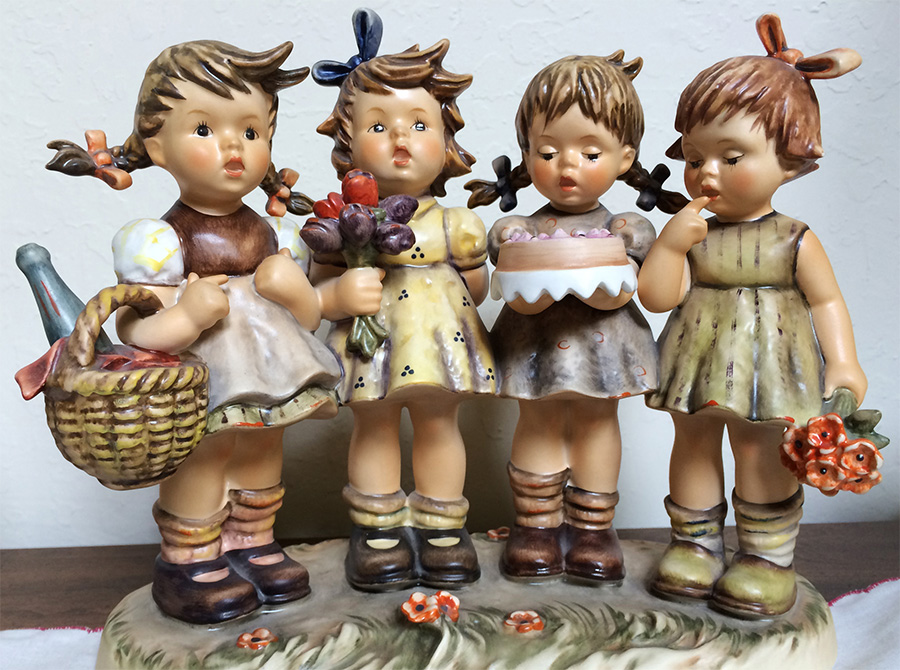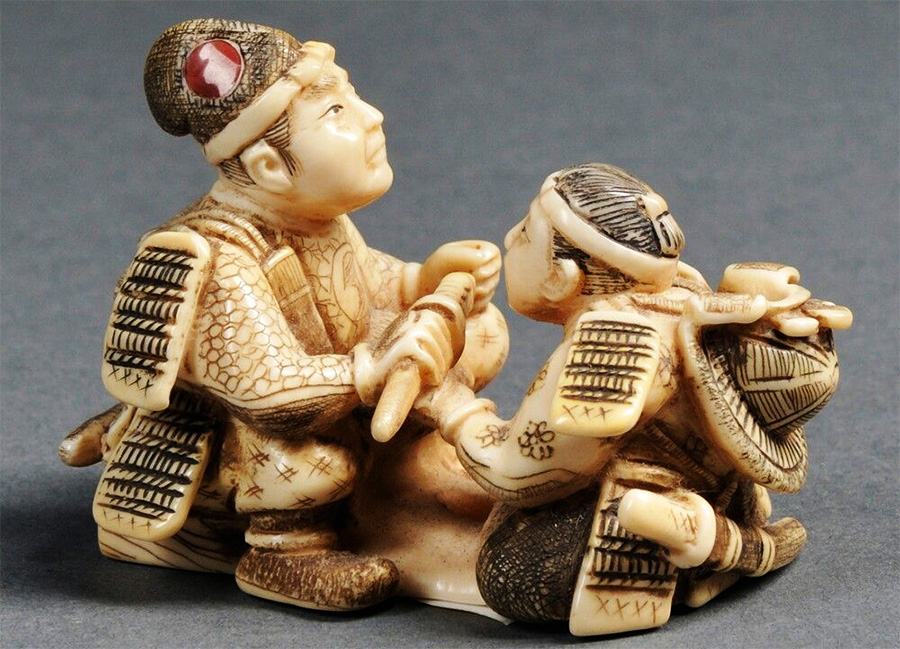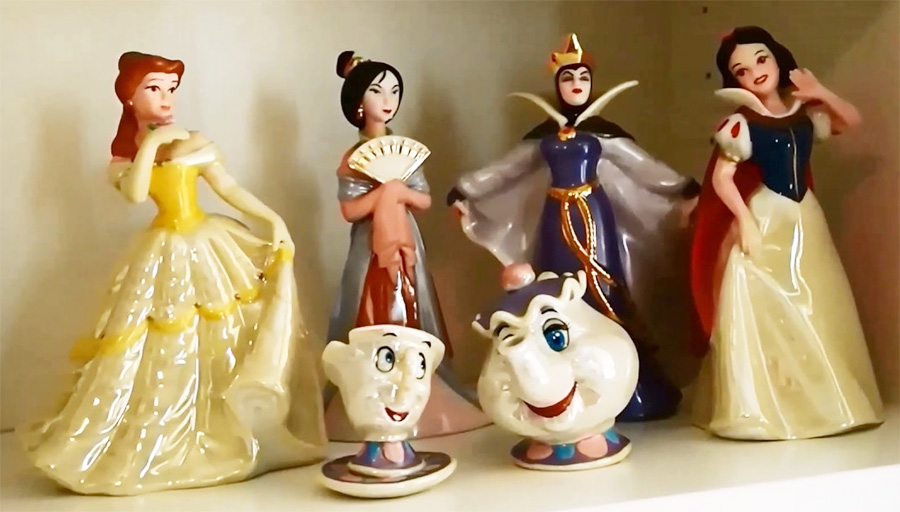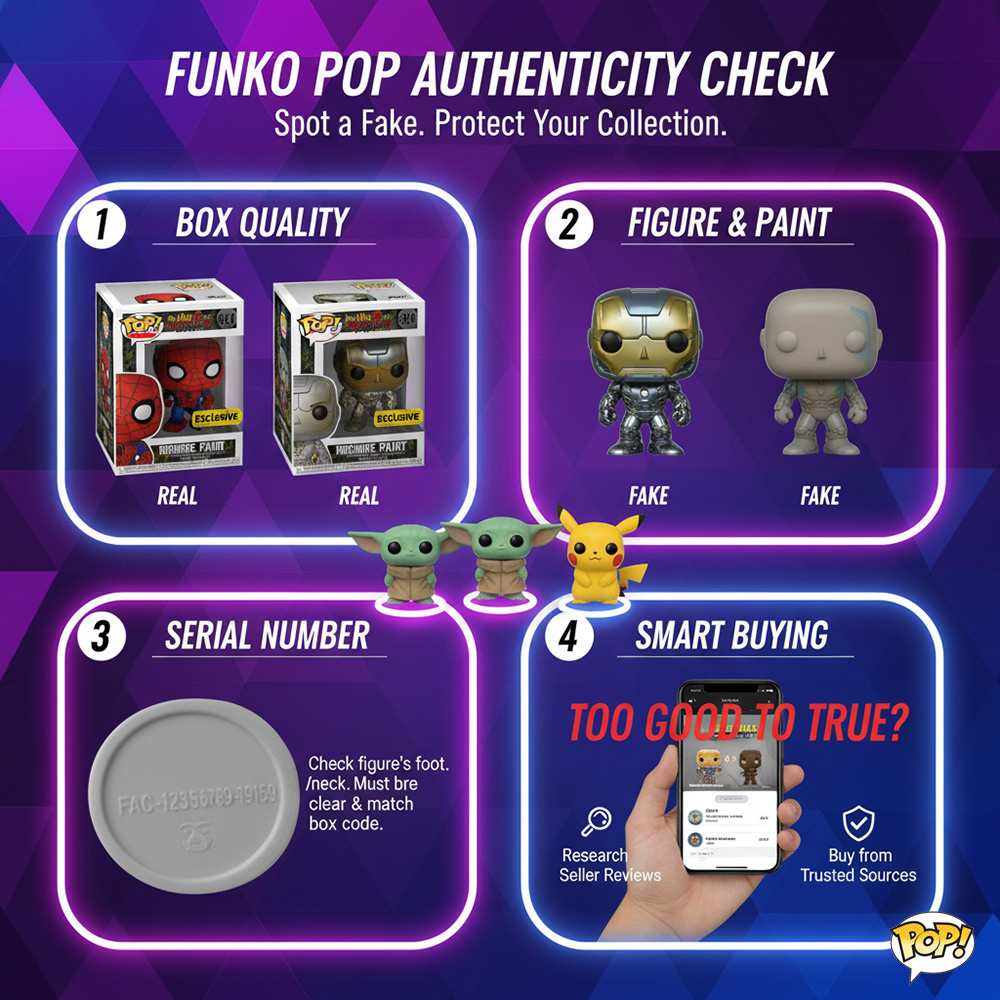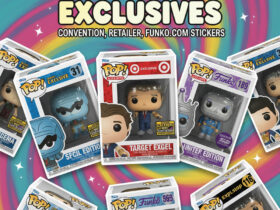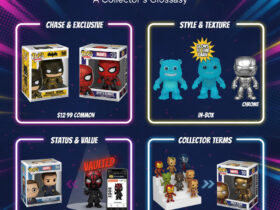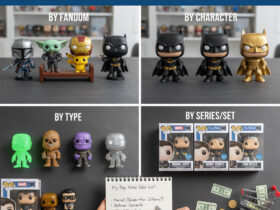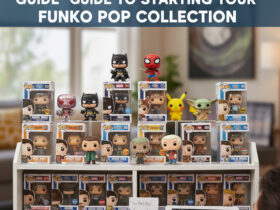The world of collecting, while exciting, isn’t without its pitfalls. As Funko Pops have exploded in popularity and some figures command high prices on the secondary market, a less savory industry has emerged: counterfeits. Fake Funko Pops are unfortunately common, especially when buying from unofficial sources online.
Falling victim to a scam means you’re out money and left with a worthless replica. Protecting your collection (and your wallet) means knowing how to spot a fake. This comprehensive 7-step authenticity check will equip you with the knowledge to distinguish genuine Pops from convincing fakes.
The Golden Rule: Buy from Reputable Sources
Before we dive into the specifics, always remember: the best defense against fakes is to buy from authorized retailers (Target, Walmart, Hot Topic, GameStop, Barnes & Noble, etc.), reputable comic book shops, or trusted online stores (Amazon, Entertainment Earth, BigBadToyStore, Funko’s official site). When buying on the secondary market (eBay, Mercari, local marketplaces), always check seller reviews and be wary of deals that seem too good to be true.
The 7-Step Authenticity Check
Once you have a Pop in hand (or detailed photos if buying online), here’s what to examine:
Step 1: Examine the Box Quality
The box is your first and often best indicator of authenticity. Funko uses specific manufacturing processes for their packaging.
- Cardboard Quality: Genuine Funko Pop boxes are made from sturdy, high-quality cardboard with a smooth, semi-gloss finish. Fakes often use thinner, flimsier cardboard that feels cheap or rough to the touch.
- Print Quality: Look closely at the printing.
- Colors: Authentic boxes have vibrant, crisp, and consistent colors. Fakes often have dull, washed-out, or overly saturated colors.
- Clarity: Text and images on a real box are sharp and well-defined. Fakes may show blurry lines, pixelation, or faded details, especially on small text.
- Gloss: Official boxes often have a subtle gloss or sheen. Fakes can appear completely matte or have an inconsistent finish.
- Stickers: Examine any exclusive or special edition stickers (e.g., “Chase,” “Hot Topic Exclusive,” “Glows in the Dark”). Fake stickers may be crooked, off-color, have blurry text, or feel like cheap paper. Compare them to known authentic stickers if possible.
Step 2: Scrutinize the Figure’s Paint Job
Funko’s mass production means minor paint flaws can occur even on genuine Pops, but major issues are a red flag.
- Clean Lines: Authentic Pops generally have crisp, clean paint lines between colors. Fakes often have sloppy paint application, bleeding colors, smudges, or missing paint in small details.
- Even Coating: The paint should be applied evenly without globs, thin spots, or visible brush strokes.
- Color Matching: Does the color on the figure accurately match the character? Fakes sometimes use slightly off-colors.
- Gloss/Finish: Pay attention to any metallic, glitter, or matte finishes. Fakes might miss these details or apply them poorly.
Step 3: Check the Figure’s Mold and Details
The actual sculpt of the figure can reveal a lot.
- Sharpness of Details: Genuine Pops have distinct, well-defined sculpted details (hair, clothing folds, accessories). Fakes often have softer, less defined, or “mushy” details.
- Proportions and Pose: Does the figure’s pose and overall proportion look correct compared to official images? Fakes sometimes have slightly altered poses or disproportionate limbs.
- Weight and Feel: Authentic Pops have a certain weight and solid feel. Fakes can sometimes feel noticeably lighter, hollower, or made of cheaper, more flexible plastic.
- Balance: Funko Pops are designed to stand (mostly) on their own. Fakes might have balance issues due to poor molding or weight distribution.
Step 4: Verify the Serial Number (Crucial Step!)
Every authentic Funko Pop figure (not just the box) has a unique production code stamped or printed on it.
- Location: This code is typically found on the bottom of the figure’s foot, under the head (if removable), or sometimes on the back of the neck.
- Format: It’s usually an alphanumeric code, often starting with “FAC” (Funko Asia Company) followed by a series of numbers and letters (e.g., “FAC-123456789-19159”).
- Match the Box: The serial number on the figure should ideally match or be very similar to the production code printed or stickered on the bottom of the box.
- Absence is a Red Flag: If there’s no serial number on the figure itself, it’s almost certainly a fake.
- Blurry/Misprinted: If the serial number is blurry, smudged, or difficult to read, proceed with caution.
Step 5: Inspect the Window and Plastic Insert
- Window Quality: The clear plastic window on an authentic box is usually flush with the cardboard, clear, and firmly attached. Fakes may have flimsy, cloudy, or poorly glued windows.
- Plastic Insert: The clear plastic tray that holds the figure inside the box should fit snugly and securely. Fakes often have flimsy, ill-fitting, or easily damaged inserts.
Step 6: Examine the Box Barcode and Legal Text
- Barcode: The barcode on the bottom of an authentic box should be clear and scannable. Fakes might have blurry or distorted barcodes.
- Legal/Copyright Text: Look for the small legal text and copyright information, usually on the bottom or back of the box. This text should be clear and correctly spelled. Fakes often have typos, grammatical errors, or missing information.
- Made In…: Note where the Pop was supposedly made (usually Vietnam or China). If a Pop claims to be made in an unusual country, it’s a potential red flag.
Step 7: Compare with Official Photos
When in doubt, compare the Pop you’re examining (or its photos) with official images from Funko’s website, reputable retailers, or trusted collector databases (like Pop Price Guide). Pay close attention to:
- Box art and colors
- Figure pose and details
- Paint application
- Sticker designs
What to Do If You Suspect a Fake
If you’ve unfortunately purchased a fake:
- Contact the Seller: Try to resolve it directly with the seller.
- File a Claim: If bought through a platform like eBay or PayPal, file a dispute. Most platforms have strong buyer protection policies against counterfeit items.
- Learn from the Experience: Use it as a learning opportunity to refine your authenticity checking skills.
By diligently following these 7 steps, you’ll significantly reduce your risk of acquiring a fake Funko Pop and can enjoy your collecting journey with greater confidence and peace of mind. Happy hunting, and stay authentic!

